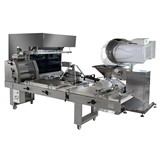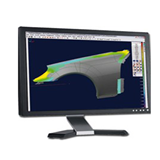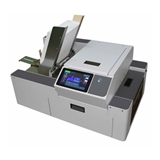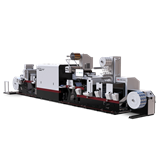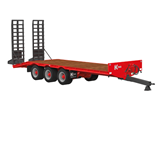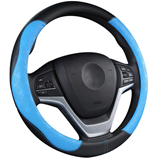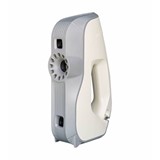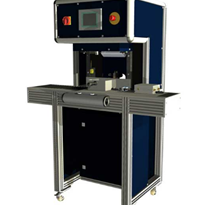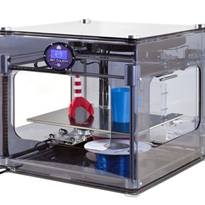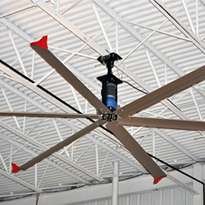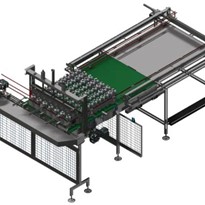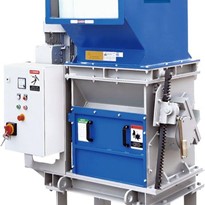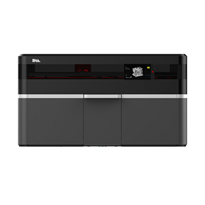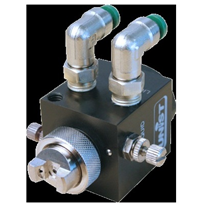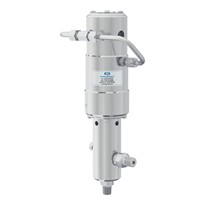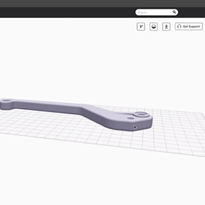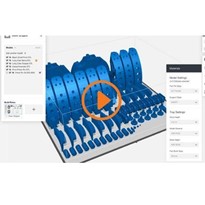Renner Auto designs and manufactures reproductions of classic cars dating from the 1950s to the 1970s. These vehicles are built using modern drivetrains and electronic systems, meaning many original or reproduction parts are not compatible.
Two years ago, Renner purchased the Raise3D Pro2 Plus to help develop and manufacture a series of premium performance vehicles using 3D printing. Some examples of cars that Renner worked with include the Porsche Speedster, Jaguar XJ13, and Ford GT40. The Jaguar XJ13 is one of the first cars to utilize in-house 3D-printed parts, which were intended for prototyping yet some 3D-printed components ended up being fitted to the car. Since then, 3D printing is widely used in all projects for a variety of parts, such as components used in the AC control unit for the Speedster.
3D Printers Can Produce Many Types of Parts
Renner’s project aims to rebuild and refurbish a classic car’s systems but with modern technology. The biggest challenge is that the parts needed to fit a new installation must also keep the car’s original appearance. Renner must design and manufacture a whole portfolio of individual parts for each type of car.
Renner Auto adopted 3D printing technology to develop alternative production tools. The company currently uses the Raise3D Pro2 Plus large format 3D printer to create 3D-printed parts that are not exposed to high engine bay temperatures or high loads. It uses various kinds of engineering plastics for its list of new components, including ABS, ASA, and TPU.
3D Printing Delivers High Levels of Details
Cars must be equipped with accurate interior and exterior details to retain as much of the charm of the original cars as possible. Traditional subtractive processes would result in more costly parts and, in some cases, parts with less detail than required. However, by using 3D printing, Renner Auto can easily produce components that fit correctly with a high level of detail. A couple of examples of this includes the steering column indicator and hazard switch components. These parts are designed to closely resemble items made on the original 1956 Speedster vehicle however they now house modern electronics in a new collapsible steering column.
Cost Effectively Production for Interior Parts
Many interior parts that will be trimmed in leather can be 3D-printed cost-effectively. For example, the dashboard gauge cover is originally made of wood. However, after laser scanning and CAD modelling, the part can be 3D-printed. Finally, the dashboard gauge is covered in leather. 3D printing the dashboard gauge is a fast, cost effective, and repeatable form of manufacturing.
Easy Access to Elastic Parts
One excellent advantage of 3D printing is its capacity to form any shape with a rubber-like material such as TPU. In Renner’s project, many 3D-printed TPU parts are used for production seals and covers in low-temperature environments. Traditionally, elastic materials can only be processed by an injection molding process which requires complicated technical knowledge and expensive equipment. Some examples of expensive equipment include molds, high-power extrusion machines, and hot runner systems. By using 3D printing, elastic materials are processed the same way as rigid plastic. The 3D printer alone can finish building elastic parts in a single round of printing, while the user only has to click a few times to start the process.
The Flexible Use of 3D Printer Gives More Return on Investment
As a fixed asset, a 3D printer is an independent production center that can be utilized in a variety of ways. Renner used their Raise3D printer for different purposes ranging from prototyping steel parts to marketing.
Parts that used to be made from laser cutting and folded steel are now often 3D-printed to ensure the design is correct. Fast and cheap 3D printing iterations have ensured that steel components are correct the first time.
Excellent Part Accuracy and Large Build Volume
Whether in the prototyping or final part production scenario, the Raise3D Pro2 Plus delivers high printing precision and a large build volume, thanks to its industrial-grade components, giving Renner accurate 3D-printed parts with a smooth outline and accurate dimensions with each print.
One common problem in 3D printing is that the extruded 3D printing material, thermoplastic, shrinks due to thermal contraction which ultimately leads to inaccurate dimensions in the final print job. It is usually recommended to correct the CAD design or the related extrusion amount to avoid this issue. However, Renner avoided needing to make any corrections because Raise3D provides a well-tuned material template for highly accurate extrusion and smart options for shrinking compensation.
The 60cm x 30cm x 30cm building chamber of Pro2 Plus helps Renner to complete large 3D-printed parts easily. This larger build volume is even more helpful in automotive parts production because part dimensions are larger on average. There is also a filament run-out sensor and a resume printing system which are practical for printing large parts requiring more than 1kg of filament. A user will be able to feed new filament and then resume the printer from exactly where the machine paused.
Conclusion
3D printing is a handy tool for automotive modifications because of its material compatibility and flexible shaping. The numerous parts needed for customizing cars in the automotive industry results in a costly and slow traditional production process, especially for projects like Renner’s.
3D printing provides many alternatives to producing customized parts cost-effectively. For such applications, Raise3D’s advanced FFF printing technology ensures the quality and capacity demanded by the business owner are met.





